How The Medical Cadaver Finally Got the Respect it Deserves
The rise and fall of medical cadaver ceremonies.
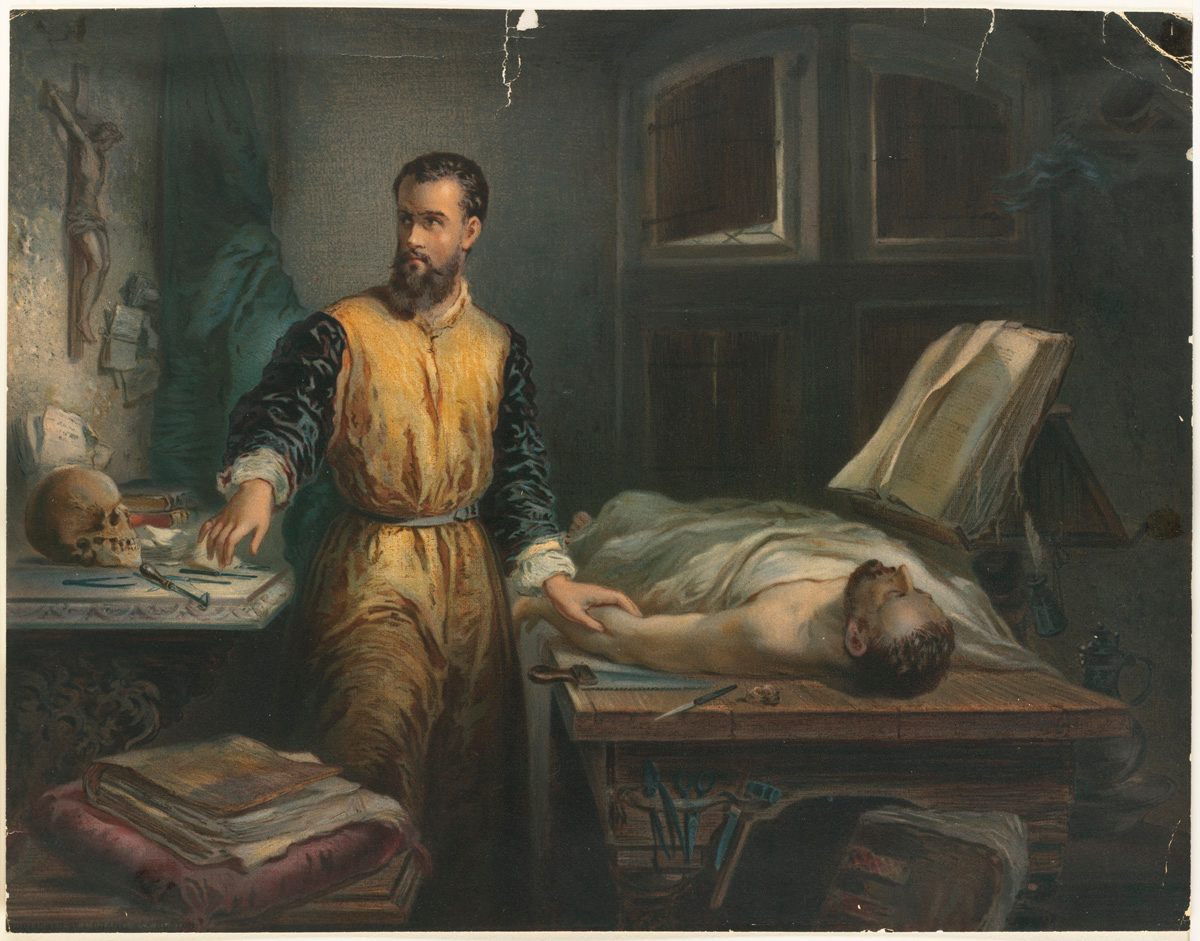
The 16th century anatomist Andreas Vesalius. (Photo: Boston Public Library/CC BY 2.0)
Dead bodies are taboo. Rituals and rites regarding them differ from one religion and culture to the next, but in general, interacting with the dead outside of funerals is seen as social suicide. But for hundreds of years, medical students and anatomists have battled against this taboo in their need for research corpses.
Although anatomists have frequently been associated with grave robbing and body snatching throughout history, human dissection has survived for two millennia. Medicine has experienced remarkable changes over the years, but when it comes to cadavers, certain rituals have stayed the same.
Funerals for cadavers, now common in medical schools around the world, are far from a compassionate add-on from the last few decades. These formal ceremonies for anatomical research subjects actually date back to 15th century Italy, when public dissections were common. The largest of these proceedings was in Padua, Italy, where the whole town could buy a ticket to watch the show. In Bologna, public dissections happened during Carnival, the secular holiday before Catholic Lent; many spectators showed up in colorful masks.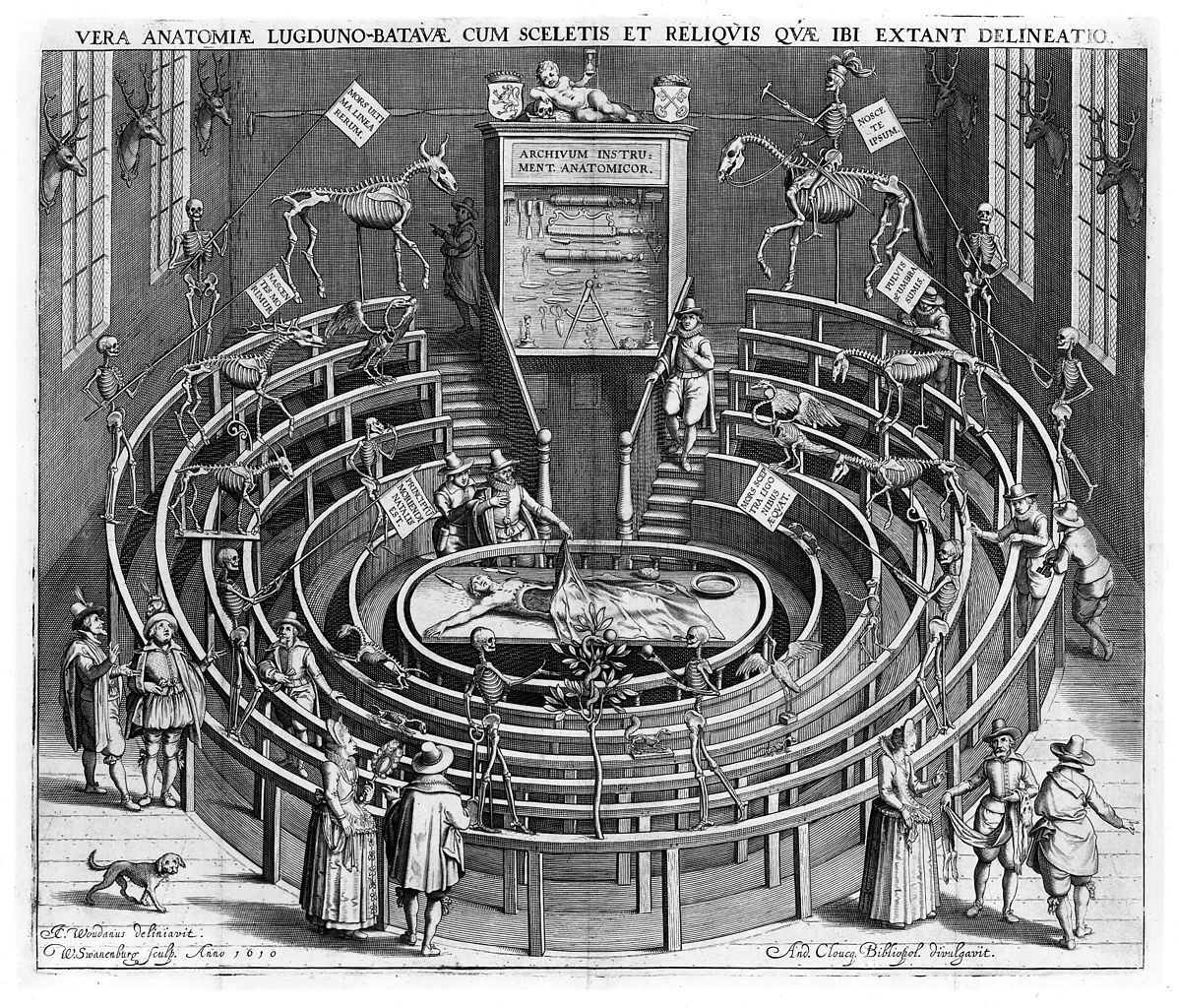
A depiction of an anatomical lecture taking place at Leiden University, The Netherlands, early 17th century. (Photo: Public Domain)
According to Cynthia Klestinec’s book Theaters of Anatomy, Italian students in the 15th century felt guilty about their part in “defiling” the human body in the name of scientific advancement. Students “who are accustomed to offer their hands as helpers in the cutting and separating of bodies,’” were selected to take part in the public displays, according to one professor of the time. After the demo, students prepared and organized the final ritual: a funeral.
Not only did a burial service give the students some much-needed good publicity among townspeople inclined to judge them, but Klestinec also thinks it offered a Christian-centered opportunity for redemption; students were equal parts fascinated and disgusted with their role.
The special religious ceremonies took place both before and after the dissections. Here’s what a typical visitor to one of the cadaver ceremonies might witness: A body “carried into the anatomical hall, and the cover of the box in which it had been transported was returned to the executioner, who remained at some distance for this purpose,” Roswell Park writes in the 1903 book, An Epitome of the History of Medicine from 1903. “If the corpse was one that had been decapitated, during these solemn ceremonies the head was placed between its legs.”
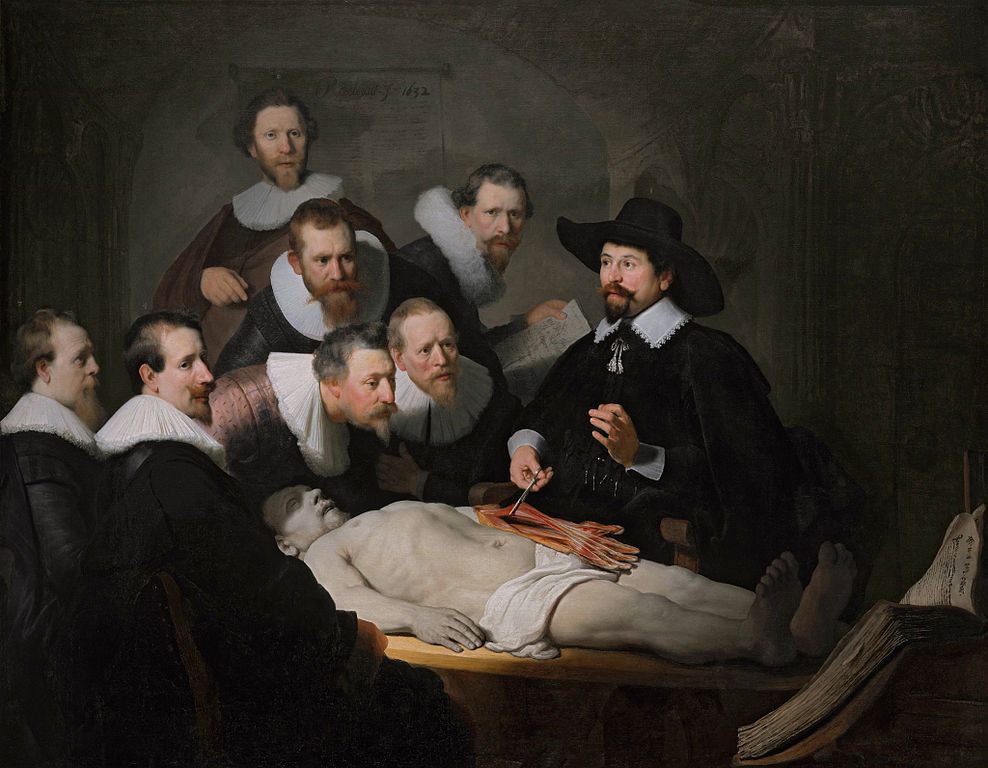
Rembrandt’s The Anatomy Lesson of Dr. Nicolaes Tulp. (Photo: Public Domain)
The proceedings were not always so solemn, though; sometimes there were performances. “Finally, an entertainment with music, often furnished by itinerant actors, was given,” Park writes. “But this folly was gradually discontinued, and by the second half of the sixteenth century public dissection was performed without recourse to such mummeries.”
The cadaver ceremony ritual largely faded into obscurity after those very public displays in the 1400s. And for centuries, later medical students were taught, encouraged, or allowed to make light of their intrusions into the bodies of the dead. In the U.S. and UK, this got rather out of hand. In the 19th century, classes of graduating anatomy students took goofy photos posing with their cadavers, which were often the bodies of ex-criminals or poor people of color, John Warner and Lawrence Rizzolo recount in Clinical Anatomy.
In one photo, a group of amused women at medical school sit covered in pieces of a posed skeleton; one of them wears the scalp as a little hat. In another, a cadaver is propped up at a table playing poker and smoking a cigarette with men in the dissection lab. These images were popular and widely circulated among students, often with racist or sarcastic jokes included in the picture, written on the dissection table. Would the cadaver’s former human approve of this? Would his or her family?
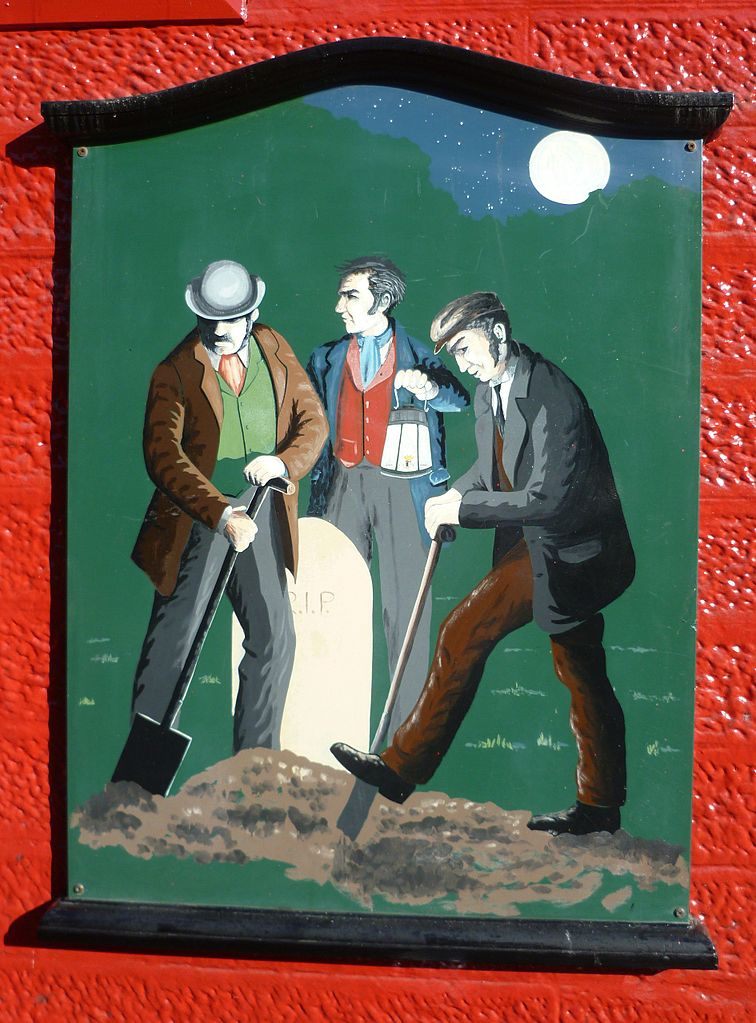
A depiction of grave robbing in Scotland. Corpses were removed from graves and sold for anatomy lectures or dissection. (Photo: Kim Traynor/CC BY-SA 3.0)
That question became more important to answer as tolerance for anatomy as a branch of science grew shakier. Congressmen in the 19th century talked of the ‘‘the savage, soul-less science of the medical schools,” and dissection was often just on the edge of illegal–some U.S. states banned both human dissection and obtaining a cadaver. Medical students were sometimes expected to acquire their own specimens.
After more than 400 years below the surface, so to speak, cadaver ceremonies saw a reemergence at a point when they were sorely needed: the mid-20th century. By the 1950s, the medical and sociology communities were disturbed to notice that medical students were more emotional about the amount of information they had to memorize than their interaction with dead bodies. Those emotions were seen as something to get over, to reach what Warner and Rizzoli say was known as “detached concern,” the medical ideal.
The ‘60s and ‘70s brought a new wave of interest in reforming how students thought of anatomy. In 1965 the first cadaver memorial ceremony was held in England, while American medical schools followed suit in the ‘70s. Programs were set up for people to willingly donate their bodies after they died, and the U.S.’s Uniform Anatomical Gift Act of 1968 provided legal cover to the medical schools that wanted to accept those donations. Once the cadaver was given willingly to science, its original owner finally got some respect. Thus, the cadaver ceremony ritual gained currency for the first time since the 1400s.
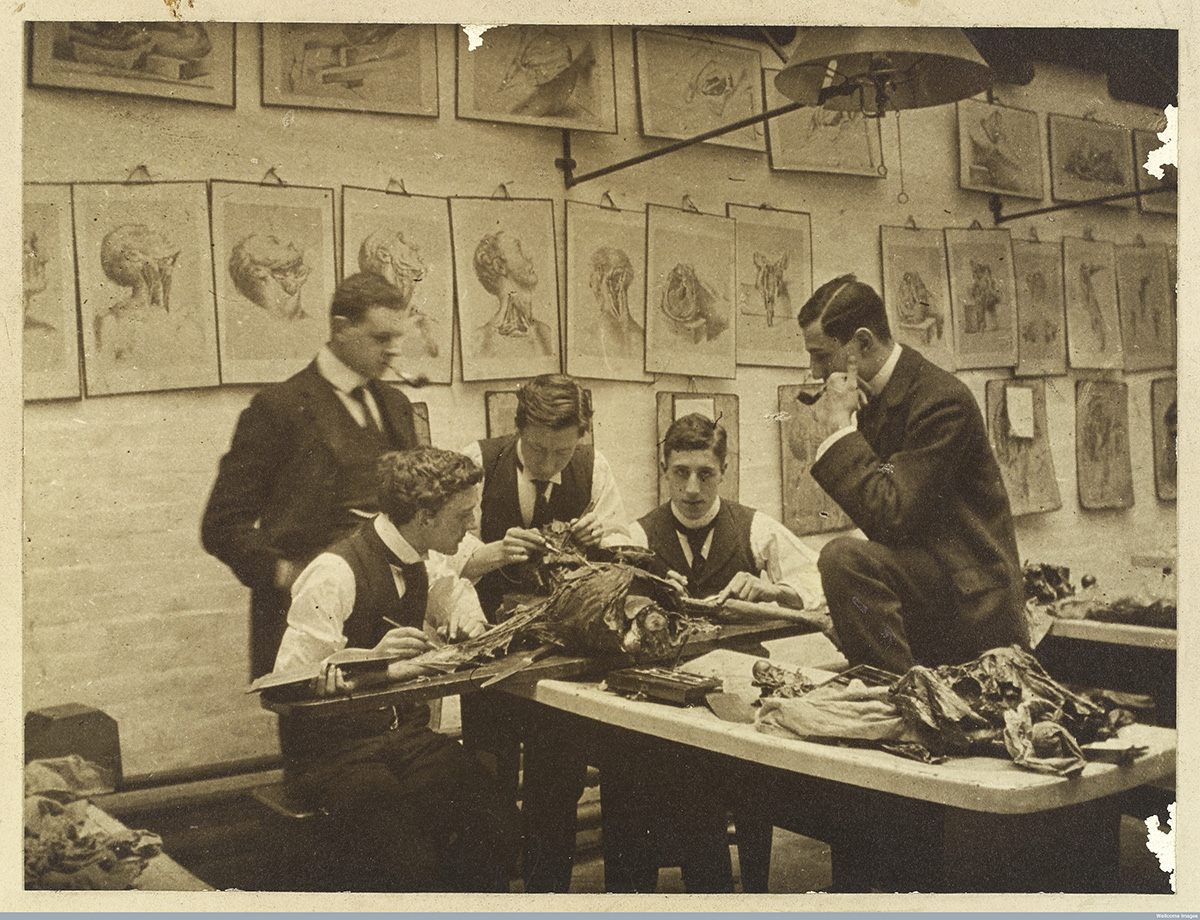
A dissecting room, c. 1900. (Photo: Wellcome Images, London/CC BY 4.0)
Most med students don’t know any personal details about their cadavers until the ceremonies for them, at the end of the term. Gabriela Magda, a second-year internal medicine resident at Georgetown University, attended Tulane School of Medicine and remembers what the service for her class cadaver felt like. “I think we were all excited to learn the small bit of biography about our cadavers. It’s a way of humanizing this person you are literally dissecting piece by piece. We also wanted to know who these people were who decided to make this great donation.”
Magda and her classmates in med school referred to their cadaver as “Fred” during the semester. While privacy issues keep them from learning too much at the ceremony, students do learn what their cadavers died of. Each memorial is different—some invite the students to read poetry or sing songs, others involve personal details or a photo of the donor in life. “I think many of us felt humbled during it,” Magda adds. The memorial, similar to the ceremonies staged by 15th-century anatomists, are like an extra funeral for the donor. And the lessons imparted by the cadavers stay with the new doctors for years to come.
“To this day, when I am examining a patient or reviewing a radiologic image, when I am looking at an organ, I always place it in my mind in the body of my cadaver,” says Magda. “I’m extremely grateful for the donation ‘Fred’ made to my education. I don’t know what kind of person he was when he was alive, but in death he will have gone on to help thousands of people via the care I give my patients.”




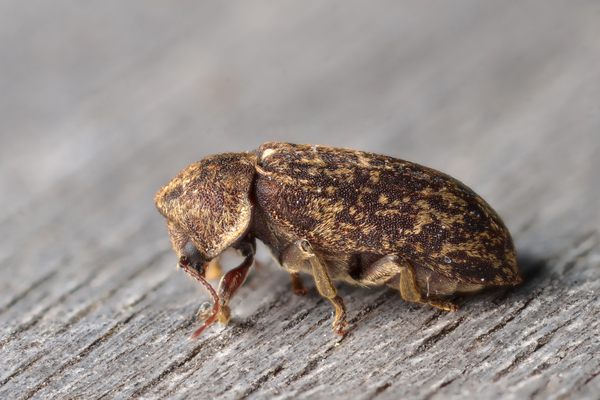















Follow us on Twitter to get the latest on the world's hidden wonders.
Like us on Facebook to get the latest on the world's hidden wonders.
Follow us on Twitter Like us on Facebook